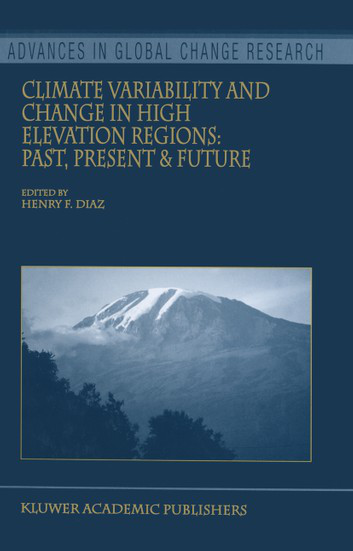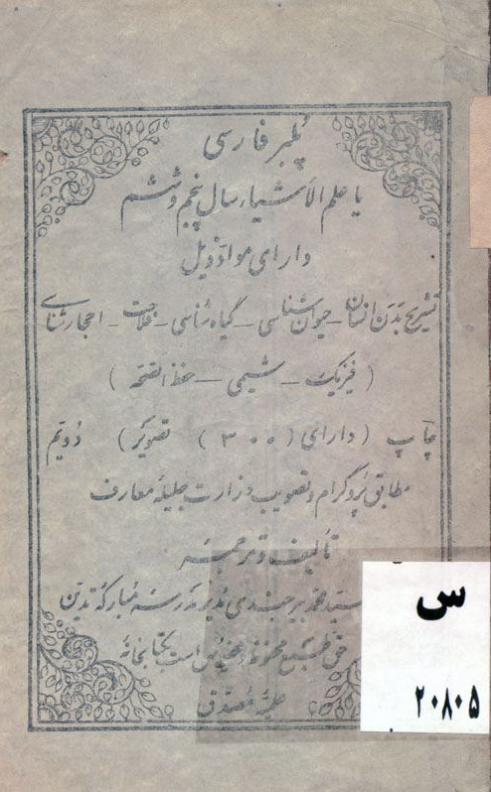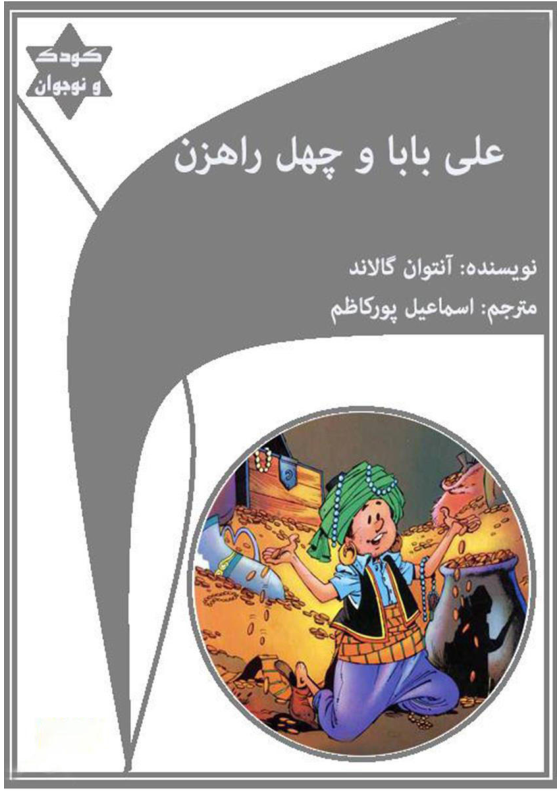by: Henry F. Diaz, Martin Grosjean, Henry F. Diaz
Glaciers in the Andes are particularly important natural archives of present and past climatic and environmental changes, in significant part because of the N-S trend of this topographic barrier and its influence on the atmospheric circulation of the southern hemisphere. Strong gradients in the seasonality and amount of precipitation exist between the equator and 30° S. Large differences in amount east and west of the Andean divide also occur, as well as a change from tropical summer precipitation (additionally modified by the seasonal shift of the circulation belts) to winter precipitation in the west wind belt (e. g. , Yuille, 1999; Garraud and Aceituno, 2001). The so-called ‘dry axis’ lies between the tropical and extra tropical precipitation regimes (Figure 1). The high mountain desert within this axis responds most sensitively to the smallest changes in effective moisture. An important hydro-meteorological feature on a seasonal to inter-annual time-scale is the occurrence of EN SO events, which strongly control the mass balance of glaciers in this area (e. g. , Wagnon et ai. , 2001; Francou et ai. , in press). The precipitation pattern is an important factor for the interpretation of climatic and environmental records extracted from ice cores, because much of this information is related to conditions at the actual time of precipitation, and this is especially so for stable isotope records. Several ice cores have recently been drilled to bedrock in this area. From Huascanin (Thompson et ai. , 1995), Sajama (Thompson et ai.
 کتاب سل Ketab Sell | کتاب سل، بزرگترین منبع کتاب و جزوههای دانشجویی
کتاب سل Ketab Sell | کتاب سل، بزرگترین منبع کتاب و جزوههای دانشجویی







Reviews
There are no reviews yet.